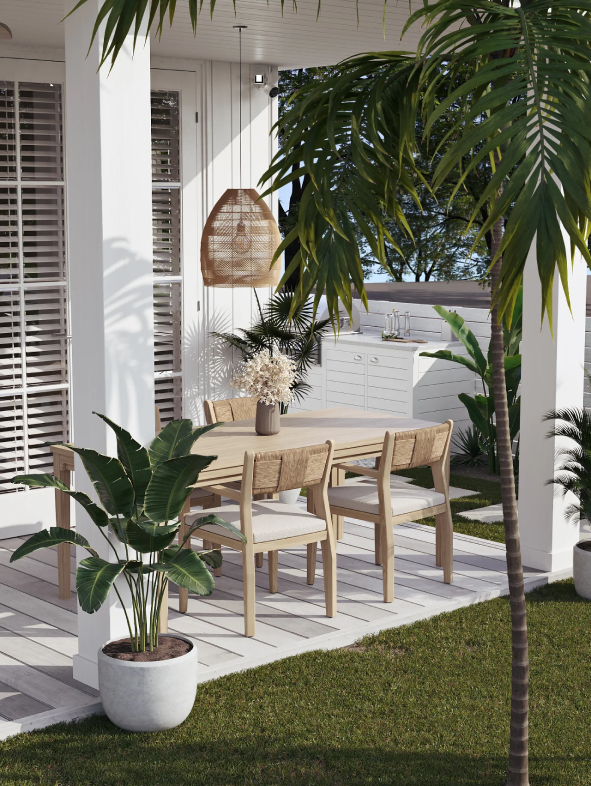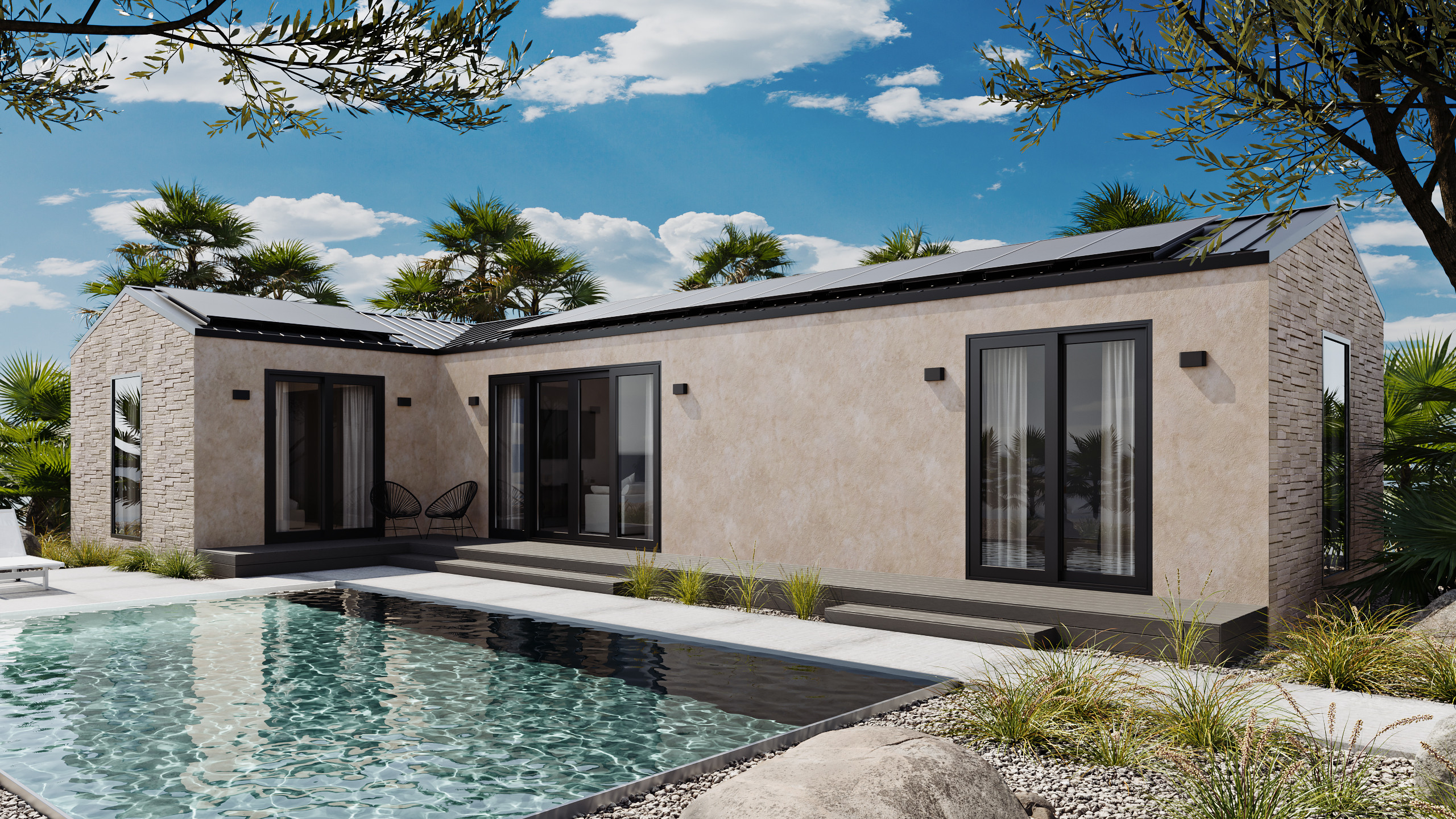The Capital Punishment of Traditional Homebuilding

“We’re getting worse at construction.”
That’s the opening line of a recent New York Times op-ed.
They point out that a construction worker in 2020 was less productive than her 1970 counterpart. They then contrast that fact with the labor productivity of the overall economy, which grew by 290 percent in the last forty years.
Regardless of whether you prefer the New York Post to the New York Times, few in construction would claim that the industry is building much more, much faster, or much more efficiently than in the past.
Where did things go wrong?
Experts (and even the Times) can’t agree on the causes, but one thing is clear: there’s a massive shortage in affordable housing.
Here are five reasons why.
Problem No. 1: Capital
Let’s look at capital. It takes a whole lot of upfront money to build a house right now. And it’s not getting any cheaper.
The construction of traditionally built homes is one of the more capital-intensive endeavors you can take on. Stick-built construction calls for lots of up-front investments, and lack of capital—be it debt, equity, or hybrid—can make or break a homebuilder. Post-market-crash, banks and other lenders are more risk-averse than ever, and favor large, established builders over the little guys.
Problem No. 2: Land
Finding and acquiring a sweet piece of land can carry a hefty price tag, depending on location, location, location. Getting it ready with site prep, grading, and permitting carries high costs, too.
Problem No. 3: Materials
Plus, a lot goes into a house, like a lot a lot. We’re talking lumber, concrete, roofing materials, insulation, electrical wiring, plumbing fixtures, and those heated tiles and towel rods that make morning bathroom visits a thing of beauty.
The cost of these materials can vary widely, and fluctuations in the market impacts project costs.
Problem No. 4: Labor
Laborers with specialized skills in the trades don’t come cheap (and increasingly, they don’t come easy, either, considering the huge shortage of workers in 2023.)
Problem No. 5: Project management
Traditional homebuilding projects call for multiple stages, from architectural and engineering design to obtaining permits, coordinating subcontractors, and chasing down local building codes.
The longer the construction timeline, the more capital is tied up in the project. And unfortunately for builders, the average home now takes eight months to construct.
What does this mean for builders?
Delays can result in additional costs, such as extended loan payments, increased labor expenses, and potential penalties or fines.
Add in seasonal fluctuations in building demand, regulatory requirements and risk management, neighborhood opposition, or an overstocked inventory of materials, and your working capital turnover ratio can sputter and stall.
A way forward
Running a business is hard right now. Growing a business is even harder.
We may not have all the answers to the problems troubling the construction industry. But we believe there’s a better way to build a home.
We want homeowners to be happy, and homebuilders to be successful, and our factory-perfect, quick-build homes are engineered efficiently enough that homebuilders can triple their production with no increase in capital.
Our process means shortened build times, too, for an increase in capital turns and higher profits. That means less financial punishment and more Growth (with a capital G).
Cheers,
Mike
Mike McAllister is head of story for Momo Homes.
Track the global transition to sustainable homebuilding.
Subscribe to the Momo Focus newsletter.






